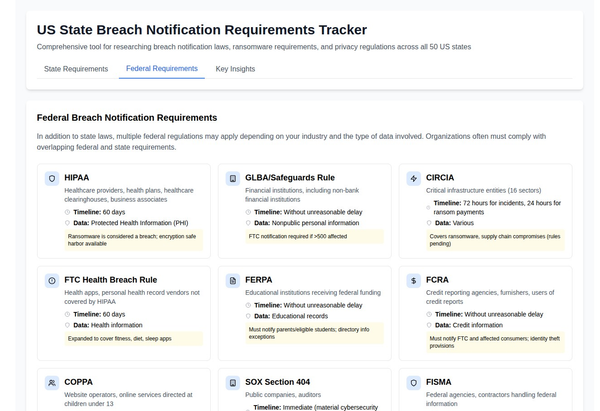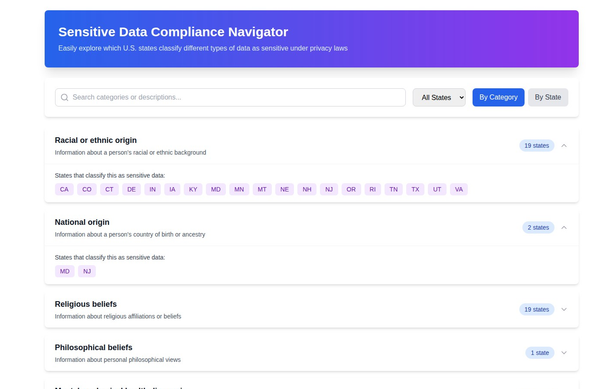The Unseen Epidemic: A Deep Dive into the Data Breach Affecting 900 Institutions

In the ever-evolving landscape of cybersecurity, a new wave of threats has emerged, casting a shadow over the sanctity of institutional data. In a startling revelation, nearly 900 institutions have fallen victim to a data breach within a short span of three months. This article aims to dissect the magnitude, implications, and potential countermeasures to address this unprecedented security lapse.
The Breach: An Overview
The breach, characterized by its extensive reach and sophistication, has compromised a diverse array of institutions. It underscores a glaring vulnerability in the existing security frameworks, exposing sensitive data and undermining the integrity of institutional data management systems.
Implications of the Breach
- Data Integrity: The breach has led to an erosion of data integrity, with sensitive information, including personal and financial data, falling into the hands of malicious entities.
- Institutional Reputation: The affected institutions face a daunting task of rebuilding trust. The breach not only undermines their reputation but also raises questions about their commitment to safeguarding stakeholder data.
- Legal and Financial Repercussions: The institutions are likely to grapple with legal challenges, including potential lawsuits and hefty fines for failing to protect data. The financial implications extend beyond immediate penalties, impacting long-term financial health.
- Psychological Impact: For the stakeholders, the breach instills a sense of vulnerability and mistrust. The psychological impact, often understated, can have lasting effects on institutional-stakeholder relationships.
Analyzing the Security Lapse
The breach has unveiled a series of lapses in the cybersecurity frameworks of the affected institutions. A lack of robust security protocols, outdated security infrastructure, and inadequate employee training have emerged as the Achilles’ heel.
Countermeasures: A Way Forward
- Enhanced Security Protocols: Institutions must revamp their security protocols, incorporating advanced security measures to counter sophisticated threats.
- Employee Training: A well-trained workforce can be the first line of defense against cyber threats. Institutions should invest in comprehensive training programs to equip employees with skills to identify and mitigate threats.
- Stakeholder Engagement: Transparency and communication with stakeholders can play a pivotal role in rebuilding trust. Institutions should engage stakeholders, informing them about the measures being taken to address the breach.
- Collaboration: Collaborative efforts, including sharing insights and strategies to counter cyber threats, can bolster individual institutional efforts. A collective approach can be instrumental in addressing cybersecurity challenges.
Conclusion
The data breach affecting nearly 900 institutions is a clarion call for a comprehensive overhaul of cybersecurity frameworks. While the breach has exposed glaring vulnerabilities, it also presents an opportunity for institutions to fortify their defenses, rebuild trust, and emerge resilient in the face of evolving cyber threats. The road to recovery and resilience is paved with challenges, but with concerted efforts, robust security protocols, and stakeholder engagement, institutions can navigate this tumultuous phase and safeguard their sanctity in the digital realm.





